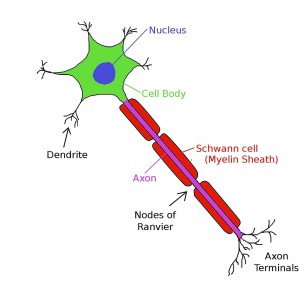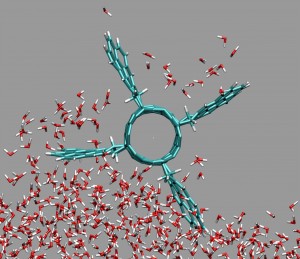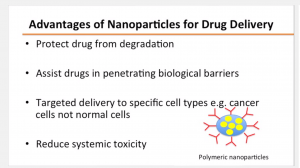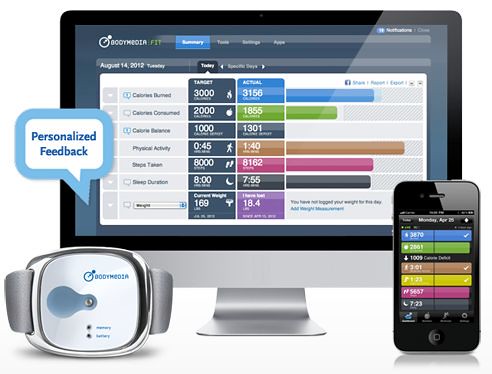Ketamine is a drug that was developed in 1962 and is commonly used as an anesthetic during surgical procedures in humans as well as in animals. However, like most drugs, ketamine made its way into the party scene during the 90s due to it’s hallucinogenic as well as dissociative effects (alter a person’s perception of reality). Furthermore, it also became notorious for being a date rape drug and was eventually classified as a Schedule III drug.
In an interesting turn of events, ketamine is now undergoing clinical trials for its potential use in the treatment of depression. Depression itself is a debilitating condition with approximately 121 million people globally affected by it. The same drug that was being used as a date rape drug is now being used to treat depression?!
Yes! Ketamine therapy is being used to treat patients with severe major depression who don’t respond to traditional antidepressant medication. The treatment consists of giving a low dose of ketamine to the patient. The most common way to administer ketamine is by injecting it or by intranasal (smelling it) use. The positive effects in mood can be seen within 24 hours and can last up to ten days. This is one of the biggest advantages of using ketamine because the effects are noticeable immediately compared to traditional antidepressants which can take up to several months to work.
Depression is a multi-faceted disorder with several causes, one of them being a reduction in synaptic connections – the area between two neurons. For example, picture a neuron being a tree during spring, with many branches and leaves. When depression comes along, that tree now looks shrivelled up with bare branches and no leaves. Introduce a bit of Special K at low doses, and it converts our sad looking tree into a healthy tree once again. In other words, the synaptic connections are restored. The exact mechanism behind this is still unknown and being investigated.
Like with any other treatment, ketamine therapy also has a few side effects. When patients are first given a dose of ketamine they experience dissociative effects which are only temporary. Another down side of ketamine treatment is cost. The effects of ketamine treatment are short lived so patients often have to get regular infusions and since insurance does not cover the cost of treatment, it can get expensive; a single dose can cost anywhere from $525 to $800.

Courtesy of The Doctors
Furthermore, many opponents are concerned about the possibility of patients developing an addiction to ketamine. The dose used in clinical trials is well below the dose used by recreational users so it is very unlikely for the patient to develop an addiction. The future of ketamine therapy in treating depression looks promising and further studies should explore the long term effects of it before it becomes a standard in treating depression cases that don’t respond to traditional therapy.
Harnoor Shoker







